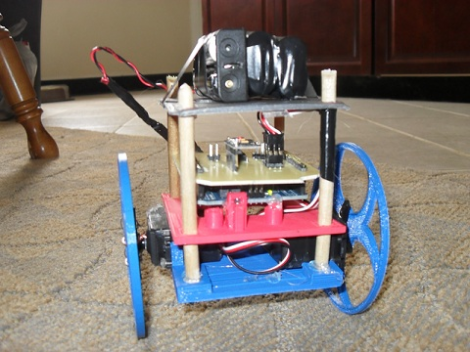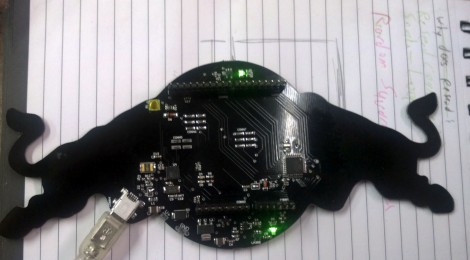Usually we post our own mad ravings in the rants category. But we think [Paolo Bacigalupi’s] take on the meandering focus of the Science Fiction genre worthy of the deviation. He discusses the course correction that happened in the 1980’s and makes a case that it’s time for another nudge in the right direction.
We’ve done our own extensive reading of the Sci-Fi that’s out there. And it’s not hard to agree that the pillars of the genre (Heinlein, Asimov, Bradbury, Clarke) feel dated. We remember the thrill of reading Neuromancer, Snow Crash, and other cyber-punk offerings with new enthusiasm. But we never really put it together that this was a course correction. The older novels were focused on forecasting the future of older technology, and as the digital world develop those predictions didn’t mirror the reality of “the future”.
So what about now? Do the Tessier-Ashpools secretly govern that majority of the planet from a lofty orbital platform? Is it time for another reboot? Of course there’s never one single pivot point for these things, but we think it’s already happening in novels like Ready Player One. We haven’t read [Paolo’s] award-winning book The Windup Girl (pictured above) yet but he thinks that biopunk may be one of the new directions for science fiction literature. What do you think?
[via BoingBoing]

















